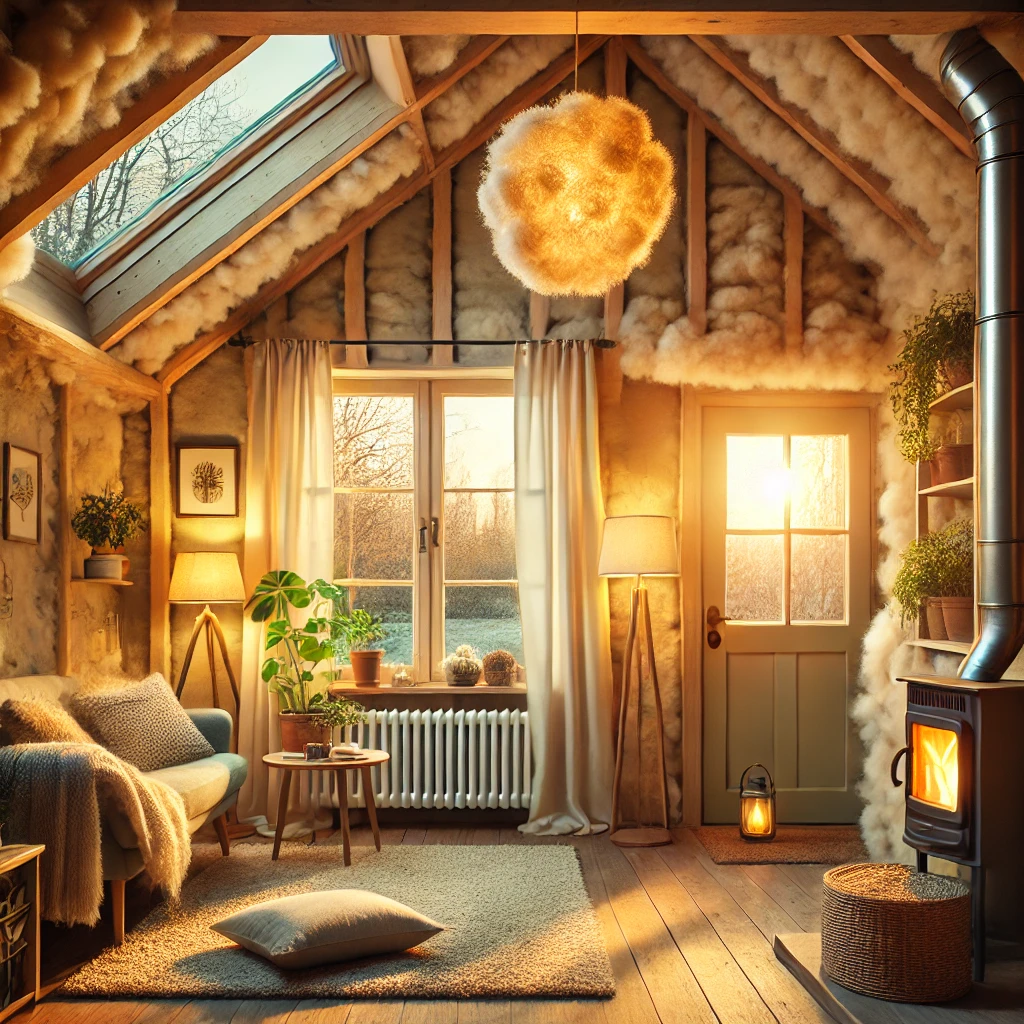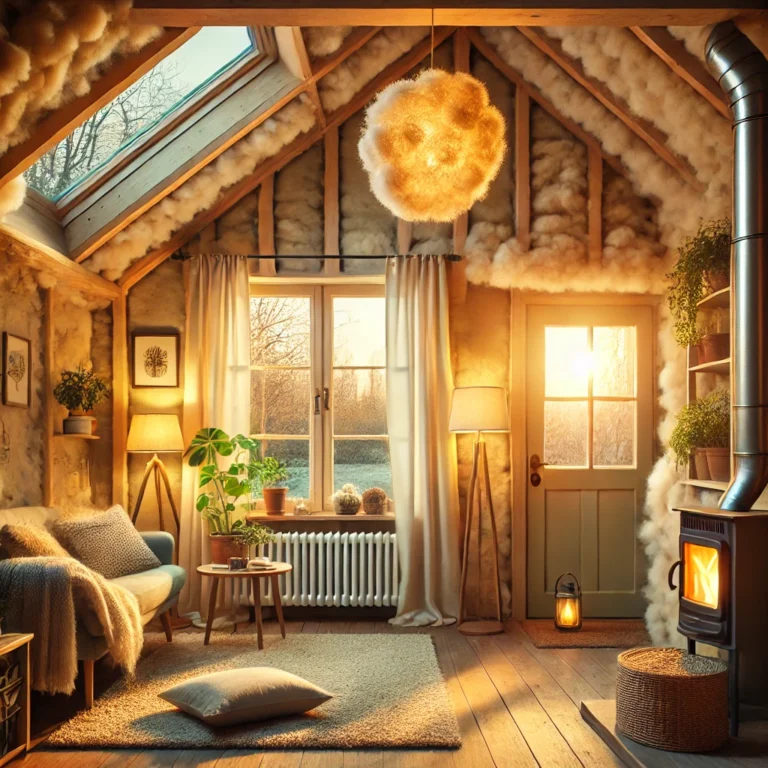Have you ever felt a chilly draft in your home during winter, even with the heat on? Or noticed that your air conditioning runs constantly in summer? Insulating your home is a powerful way to keep it comfortable year-round while saving on energy costs. Whether you’re in a mild climate or facing extreme weather, a well-insulated home can make all the difference. In this article, we’ll explore practical tips on how to insulate your home for energy savings, no matter where you live.
Table of Contents
- Why Insulation Matters for Energy Efficiency
- Where to Start: Key Areas to Insulate
- Types of Insulation Materials
- DIY Insulation Tips for Any Budget
- Additional Tips for Maintaining a Well-Insulated Home
Why Insulation Matters for Energy Efficiency
Did you know that poor insulation can lead to a significant waste of energy? According to the U.S. Department of Energy, about 25-30% of heating and cooling costs are due to heat loss through windows, doors, and walls. Proper insulation creates a barrier that helps regulate the temperature, making it easier for your heating and cooling systems to maintain a comfortable indoor climate.
Fun Fact: Homes with proper insulation often save up to 20% on heating and cooling bills. This translates not only to cost savings but also reduces your home’s carbon footprint—a win-win for you and the planet!
Where to Start: Key Areas to Insulate
When it comes to insulating your home, certain areas tend to have the most impact. Here’s a quick breakdown of where to focus:
- Attic: Heat rises, so an uninsulated attic can lead to significant heat loss in winter. Adding insulation in your attic is often one of the most cost-effective ways to reduce energy use.
- Walls: Insulating your walls helps maintain a stable indoor temperature, especially in extreme climates. Cavity wall insulation can be a good option in homes with hollow walls.
- Floors: In colder climates, insulating floors—particularly over unheated spaces like basements—can add a layer of warmth.
- Windows and Doors: Seal gaps around windows and doors with weatherstripping or caulking to prevent drafts.
In Japan, for instance, families often insulate their windows with simple DIY measures like bubble wrap or thermal curtains. This method keeps their homes warm during winter and cool in summer, without needing major renovations.
Types of Insulation Materials
Choosing the right insulation material depends on your budget, climate, and personal preferences. Here are some common options:
- Fiberglass Insulation: One of the most popular and affordable options, fiberglass is often used in attics and walls. It’s effective, but make sure to wear protective gear when handling it.
- Spray Foam Insulation: Great for filling gaps and sealing drafts, spray foam is ideal for hard-to-reach areas. It’s more expensive but highly effective.
- Cellulose Insulation: Made from recycled paper, cellulose insulation is eco-friendly and effective for walls and attics. However, it’s best installed by a professional.
- Sheep’s Wool: An all-natural option that’s gaining popularity, sheep’s wool provides excellent insulation while being sustainable and biodegradable.
Tip: In some regions, energy companies offer rebates for eco-friendly insulation projects. Check your local government or energy provider’s website for any available incentives.
DIY Insulation Tips for Any Budget
Insulating your home doesn’t have to break the bank. Here are a few budget-friendly tips to get started:
- Weatherstripping and Caulking: These are affordable ways to seal small gaps around windows, doors, and other openings. You can find weatherstripping kits at most hardware stores.
- Thermal Curtains: Using heavy curtains or thermal drapes helps block cold drafts during winter and keeps out heat in summer. They’re especially effective for rooms with large windows.
- Draft Stoppers: Place draft stoppers at the base of doors to prevent cold air from seeping in. You can even make a DIY version by filling an old sock with rice or sand.
- Window Insulation Film: A temporary yet effective solution, window film can be applied over windows to prevent heat loss. This is a popular option in countries like Canada, where winters can be harsh.
Example: Susan from Germany installed thermal curtains in her living room and noticed a 10% decrease in her heating bill over the winter. These small changes made her home cozier and reduced her reliance on heating.
Additional Tips for Maintaining a Well-Insulated Home
To maximize your insulation efforts, consider these additional steps:
- Regularly Inspect for Gaps: Over time, insulation can settle or wear down. Check for any gaps or areas that may need resealing.
- Invest in Energy-Efficient Windows: Double or triple-pane windows are excellent for insulation, although they can be pricey. They’re a worthy investment in areas with extreme temperatures.
- Add Insulation to Water Heaters and Pipes: Insulating water heaters and pipes can prevent heat loss and reduce energy usage, especially in colder climates.
For more tips on home insulation, you can explore resources from the Energy Star program.
Conclusion: Create a Comfortable, Eco-Friendly Home
By taking a few steps to insulate your home, you can enjoy a more comfortable living space while saving on energy costs and reducing your environmental impact. What insulation methods have you tried? Or do you have tips for eco-friendly home upgrades? Let us know in the comments below!
Remember, small changes like these help make a big difference. Let’s work together to create homes that are both cozy and kind to our planet.

